Stainless
-
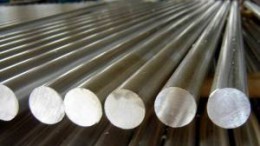 2205 is the most widely used duplex (ferritic/austenitic) stainless steel grade. It finds applications due to both e...
2205 is the most widely used duplex (ferritic/austenitic) stainless steel grade. It finds applications due to both e...
-
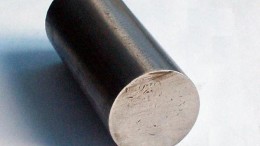 904L is a non-stabilised low carbon high alloy austenitic stainless steel. The addition of copper to this grade give...
904L is a non-stabilised low carbon high alloy austenitic stainless steel. The addition of copper to this grade give...
-
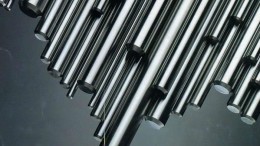 17-4 Stainless Steel, a chromium-nickel-copper stainless steel, maintains high strength up to a temperature of appr...
17-4 Stainless Steel, a chromium-nickel-copper stainless steel, maintains high strength up to a temperature of appr...
-
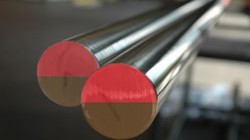 Characteristics of NITRONIC 50 NITRONIC 50 stainless steel is useful in a myriad of industries, including mar...
Characteristics of NITRONIC 50 NITRONIC 50 stainless steel is useful in a myriad of industries, including mar...
-
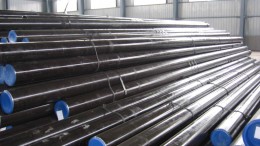 440C is a high carbon chromium stainless steel, capable of developing high hardness and high mechanical properties b...
440C is a high carbon chromium stainless steel, capable of developing high hardness and high mechanical properties b...
-
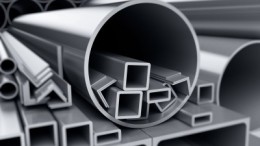 Grade 416 has the highest machinability of any stainless steel, at about 85% of that of a free-machining carbon stee...
Grade 416 has the highest machinability of any stainless steel, at about 85% of that of a free-machining carbon stee...
-
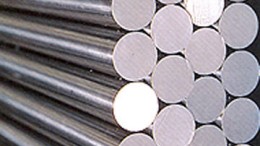 Grade 410 is the basic martensitic stainless steel; like most non-stainless steels it can be hardened by a “qu...
Grade 410 is the basic martensitic stainless steel; like most non-stainless steels it can be hardened by a “qu...
-
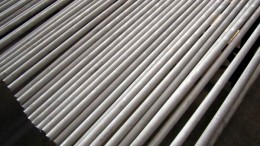 Alloy 347 is a general purpose austenitic Stainless steel with a face centreed cubic structure. It is essentially ...
Alloy 347 is a general purpose austenitic Stainless steel with a face centreed cubic structure. It is essentially ...
-
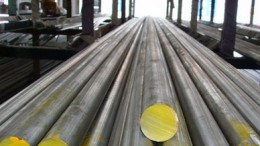 Stainless steel 321H is a general purpose austenitic stainless steel that is stabilized against carbide precipitatio...
Stainless steel 321H is a general purpose austenitic stainless steel that is stabilized against carbide precipitatio...
-
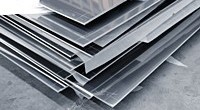 Grades 321 and 347 are the basic austenitic 18/8 steel (Grade 304) stabilised by Titanium (321) or Niobium (347) add...
Grades 321 and 347 are the basic austenitic 18/8 steel (Grade 304) stabilised by Titanium (321) or Niobium (347) add...
-
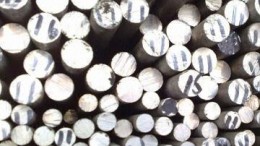 317 stainless steel, also known as UNS S31700 and Grade 317, is primarily comprised of 18% to 20% chromium and 11% t...
317 stainless steel, also known as UNS S31700 and Grade 317, is primarily comprised of 18% to 20% chromium and 11% t...
-
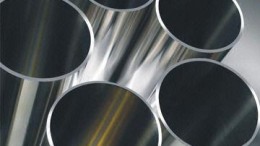 Grade 316 is the standard molybdenum bearing grade, second in importance to 304 amongst the austenitic stainless ste...
Grade 316 is the standard molybdenum bearing grade, second in importance to 304 amongst the austenitic stainless ste...
-
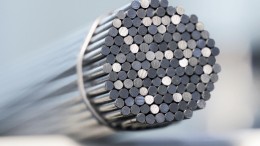 Excellent resistance to oxidation under mildly cyclic conditions through 2000°F characterizes 310. Because of its h...
Excellent resistance to oxidation under mildly cyclic conditions through 2000°F characterizes 310. Because of its h...
-
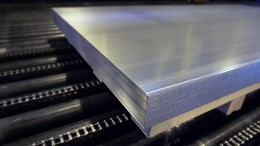 Stainless steels are high-alloy steels which have higher corrosion resistance compared to other steels due to the pr...
Stainless steels are high-alloy steels which have higher corrosion resistance compared to other steels due to the pr...
-
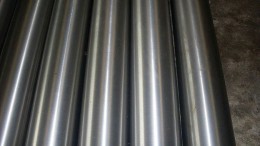 Type 304 is the most versatile and widely used stainless steel. It is still sometimes referred to by its old name 1...
Type 304 is the most versatile and widely used stainless steel. It is still sometimes referred to by its old name 1...
TOP















